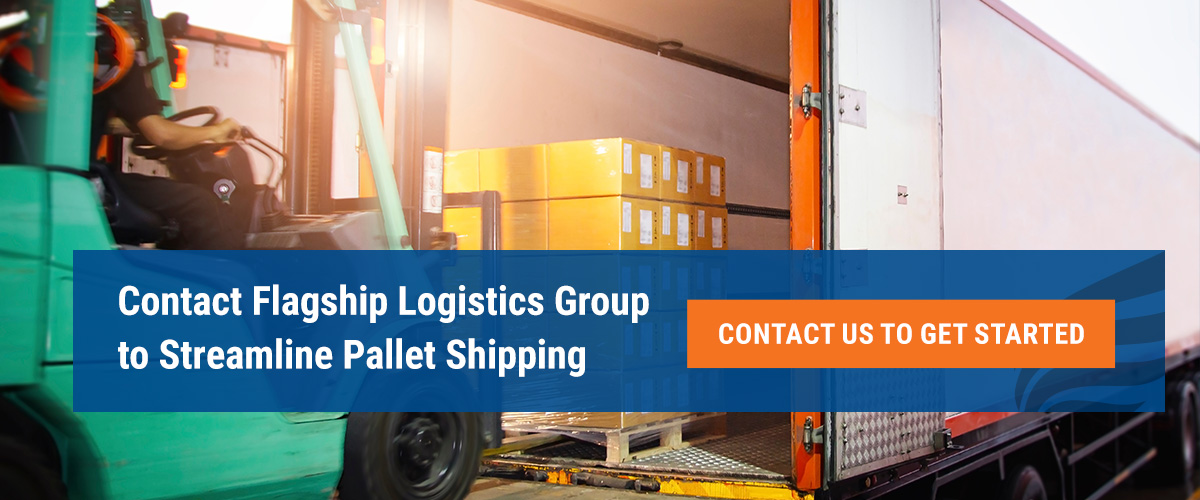Less-than-truckload (LTL) is a fast and cost-effective way to ship smaller-volume freight. By sharing truck space with other businesses, you only pay for the area you use. To ensure you reap all the benefits of this freighting method, you must take the necessary precautions to protect your items. Knowing how to palletize a shipment sets you on the path to success.
Why Is Palletizing LTL Freight Properly Important?
Safe and secure packaging is vital to ensure smooth freight transportation. In LTL freighting, carriers combine multiple shipments in one trailer. One of the best ways to secure your cargo is palletizing, which makes handling more accessible and efficient.
Choosing Suitable Pallets
Standard wooden or plastic pallet dimensions are 48 by 40 inches, and they typically support around 4,600-plus pounds. Palletizing plays a vital role in the packaging process. When selecting pallets, ensure that:
- Boxes fit on the pallet and are not too big or small.
- Pallets are new or still robust enough to handle loads.
- You adhere to pallet weight recommendations.
How to Organize LTL Cargo for Shipping
Palletizing your shipment like a pro allows you to secure items sufficiently and gives you peace of mind that your shipment has adequate protection during freighting. Take the following measures to protect your packages and make transporting and handling your goods a cinch for carriers.
1. Placement and Pressure Distribution
Place the heaviest items at the bottom and stack lighter items on top. Organizing items this way will distribute load pressure and decrease the risk of freight damage. If your items are odd shapes or fragile, locate them on the cargo top.
Layer cardboard between every second or third pack to ease pressure on the bottom products.
2. Sealing Packages
Sealing helps ensure freight integrity. When using corrugated cardboard boxes or bags, seal them to protect the edges. Avoid leaving spaces between boxes when packing them on pallets since gaps may cause items to shift during transport.
3. Padding and Protection
Placing soft padding in your boxes keeps items secure in packages during transit.
4. Labeling the Freight
Label packages with instructions for handling, like “handle with care” or “this way up.” In addition, be sure to include the following labels to ensure a smooth operation for shipment:
- Full name and address of both the sender and the recipient.
- Type of shipping service chosen.
- Content description.
- Tracking number.
- Barcode to ensure the correct handling by the transport company.
5. Wrapping and Strapping Packages
Wrap or strap the packages to hold boxes together — also, strap boxes to the pallet planks to further secure your load.
Contact Flagship Logistics Group to Streamline Pallet Shipping
Properly palletizing your shipment improves handling efficiency, protects your goods during transportation and optimizes your processes.
Flagship Logistics Group has over three decades of experience helping businesses streamline LTL and TL transportation services. As an established asset-based third-party logistics company (3PL), we focus on delivering trusted and friendly services at competitive prices.
Contact us today to learn about how we can help you.
